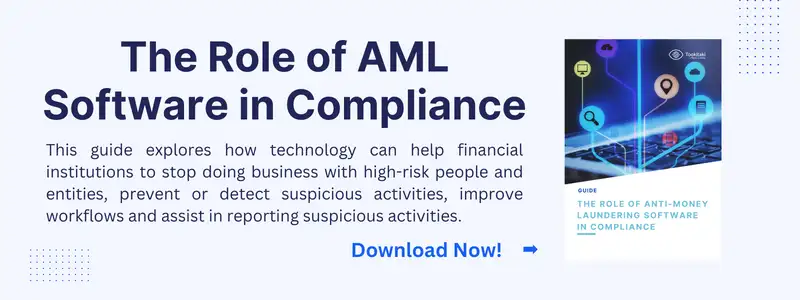Understanding Encryption: Safeguarding Data Privacy and Security
Introduction
Encryption serves as a fundamental tool in safeguarding data privacy and security. By converting sensitive information into an unreadable format, encryption ensures that unauthorized individuals cannot access or comprehend the data.
In this article, we will delve into the world of encryption, explore its purpose, discuss different types of encryption algorithms, and examine its significance in cyber security. Understanding encryption is crucial in maintaining the confidentiality and integrity of data.
Key Takeaways
- Encryption converts data into an unreadable format, ensuring data privacy and security.
- Symmetric and asymmetric encryption are the two main types of encryption.
- Encryption algorithms, such as AES and RSA, determine how data is transformed into ciphertext.
- Encryption is crucial in cyber security to protect sensitive data from unauthorized access and cyber threats.
- Encryption keys play a critical role in unlocking and accessing encrypted data.
What is Encryption?
Encryption is the process of converting plain text or data into an encoded form, also known as ciphertext. This transformation makes the data unreadable to unauthorized users, ensuring confidentiality and data protection.
The Purpose of Encryption
The primary purpose of encryption is to secure sensitive information, both during storage and transmission. It prevents unauthorized access and ensures that even if data is intercepted, it remains unintelligible.
Types of Encryption
- Symmetric Encryption: Symmetric encryption uses a single key to both encrypt and decrypt data. It is fast and efficient for large data sets but requires the secure exchange of the encryption key.
- Asymmetric Encryption: Asymmetric encryption, also known as public-key encryption, uses two keys: a public key for encryption and a private key for decryption. This approach eliminates the need to exchange a shared key but is computationally more intensive.
Encryption Algorithms
Encryption algorithms determine how data is transformed into ciphertext and back. Common encryption algorithms include Advanced Encryption Standard (AES), RSA, and Blowfish. These algorithms utilize complex mathematical computations to ensure robust data protection.
Encryption in Cyber Security
Encryption plays a critical role in cyber security by securing sensitive data from unauthorized access and protecting it from cyber threats. It is a key component in securing communication channels, securing stored data, and preventing data breaches.
Real-World Examples of Encryption
Encryption is widely used in various applications, such as secure messaging apps, online banking transactions, e-commerce platforms, virtual private networks (VPNs), and password-protected files.
The Role of Encryption Keys
Encryption keys are a vital component of the encryption process. They are used to lock and unlock the encryption algorithm, ensuring that only authorized individuals can access the encrypted data.
Choosing Encryption Software
When selecting encryption software, factors such as the level of security provided, compatibility with systems and devices, ease of use, and compliance with industry standards should be considered.
Conclusion
Encryption is a powerful tool in ensuring data privacy and security. By transforming sensitive information into an unreadable format, encryption safeguards data from unauthorized access and protects against cyber threats. Understanding different encryption types, algorithms, and their role in cyber security is essential for maintaining the confidentiality and integrity of data.
Anti-Financial Crime Compliance with Tookitaki?
.png?width=250&height=104&name=PNG%20-%20Montserrat%20LOGO%20-%20a%20Thunes%20company%20(White).png)
-1.png?width=200&height=83&name=PNG%20-%20Montserrat%20LOGO%20-%20a%20Thunes%20company%20(White)-1.png)





